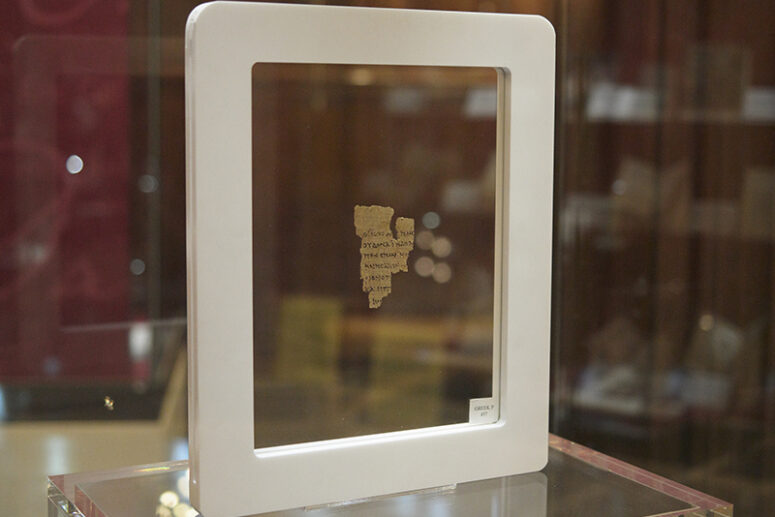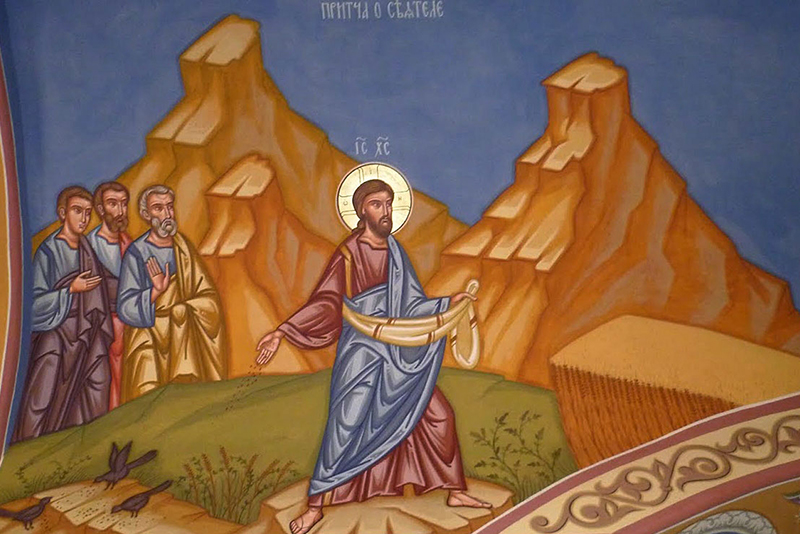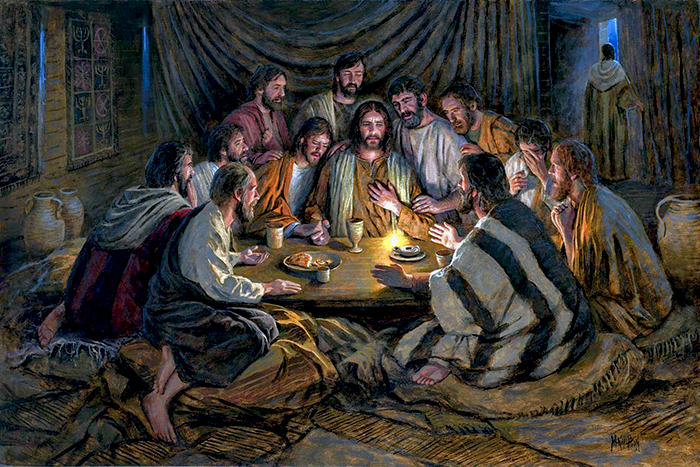
A belief existed until the middle of the last century that the Gospel of John was written relatively late, i. e. after 160 AD. This belief was based on the research led by the school of textual criticism of the New Testament, founded by Professor F. C. Baur. Some adherents of his theory even appealed to it for criticizing the authenticity and inalterability of the Gospels. This theory was however refuted by the find made by Bernard Grenfell, a famous researcher of the Oxyrhynchus Papyri.
The later famous Papyrus 52, a.k.a. St John’s fragment was purchased by Grenfell on the Egyptian market along with various other manuscripts. It remained unnoticed for 14 years, until 1934, when this oldest extant New Testament text (along with other papyri of the John Rylands University Library) was studied by S.H. Roberts, a member of St John’s College board in Oxford. Papyrus P52 is best qualified as tiny, both in shape (its dimensions are 64 by 89 mm) and in content. The obverse of this papyrus contained a fragment from the now-known Gospel of John, namely John 18: 31-33. The reverse side contained verses 37-38 of the same 18th chapter.
This papyrus is traditionally dated to the first third of the 2nd century (as dated by Roberts) although some modern liberal scholars are inclined towards its later origin. The basis for such an early dating is the style of writing, clearly characteristic of this particular era. Roberts’ point of view was supported by such famous and authoritative paleographers as Sir Frederick G. Kenyon, W. Schubart, Sir Harold Bell, Adolph Deissman and Ulrich Wilcken.
The papyrus has text on both sides, hence the conclusion that it is a part of a codex or book, and not a separate scroll. The early Christians are known to have been active in the field of preaching (Matthew 24:14; 28:19, 20), spreading the good news as Christ commanded. They went from house to house and preached in market squares and streets (Acts 5:42; 17:17; 20:20). In view of this, a codex has a considerable advantage in comparison to a scroll as being more convenient due to its compact size. Besides, a codex form made it easier to make copies of Scripture, enabling individuals and congregations to make new copies of the Gospel, which undoubtedly contributed to the rapid spread of Christianity.
The scale of the letters of the John fragment is remarkably generous – 0.3-0.4 cm in height, with the distance between the letters of approximately 0.5 cm and an indent of 2 cm at the top. K.H. Roberts commented, “… judging by the spacing and size of the text, it is unlikely that the format was influenced by economic reasons”. If we use this fragment to build a model of the entire codex, we can assume that there were 130 pages in it. Based on this size, we can conclude that this papyrus was used for Gospel readings during religious services. Summing up the above, it should be noted that given such an excellent quality of the papyrus with its large, clear and rather elaborate letters, we can assume that it was written by a professional scribe. The papyrus has been on display at the Rylands Library in Manchester Since 2007.
The indispensable value of this papyrus as an additional source of the New Testament became clear almost immediately after its discovery. Despite the relatively small number of verses preserved in P52, it closes the issue of St John’s Gospel being known in the middle of the 2nd century.
Also, the papyrus plays a key role in proving the historicity of the person of Jesus Christ (although not calling Him by name) mentioning a man who was sentenced to death by crucifixion under Pontius Pilate, tried at the Jerusalem Praetorium, all at the instigation of the Jewish priests.
Additionally, the Rylands papyrus serves to evidence the accuracy of copying the original biblical text. Despite its small size, it is almost one hundred percent identical to what we can read in the modern Bible, which once again proves the immutability of the Gospels and the Bible as a whole. In his book, titled The Bible as History, Werner Keller, referring, among other sources, to papyrus 52, noted, “These ancient papyri give a most convincing answer to the variety of doubts about the authenticity of the modern biblical text”.




